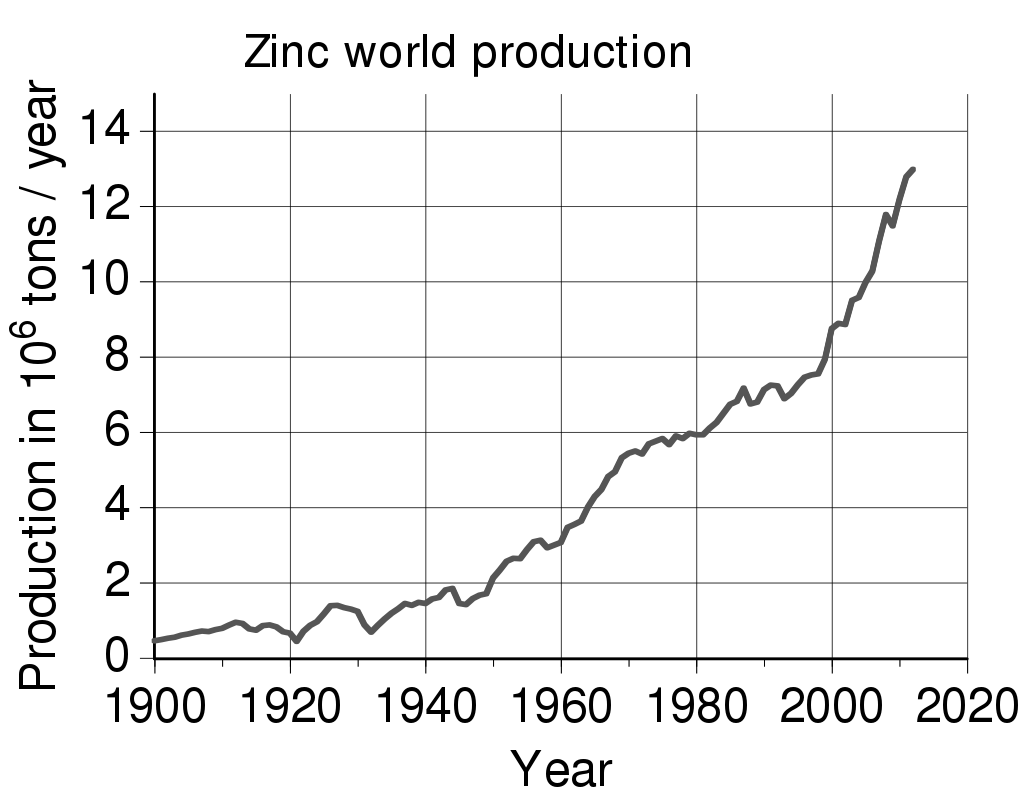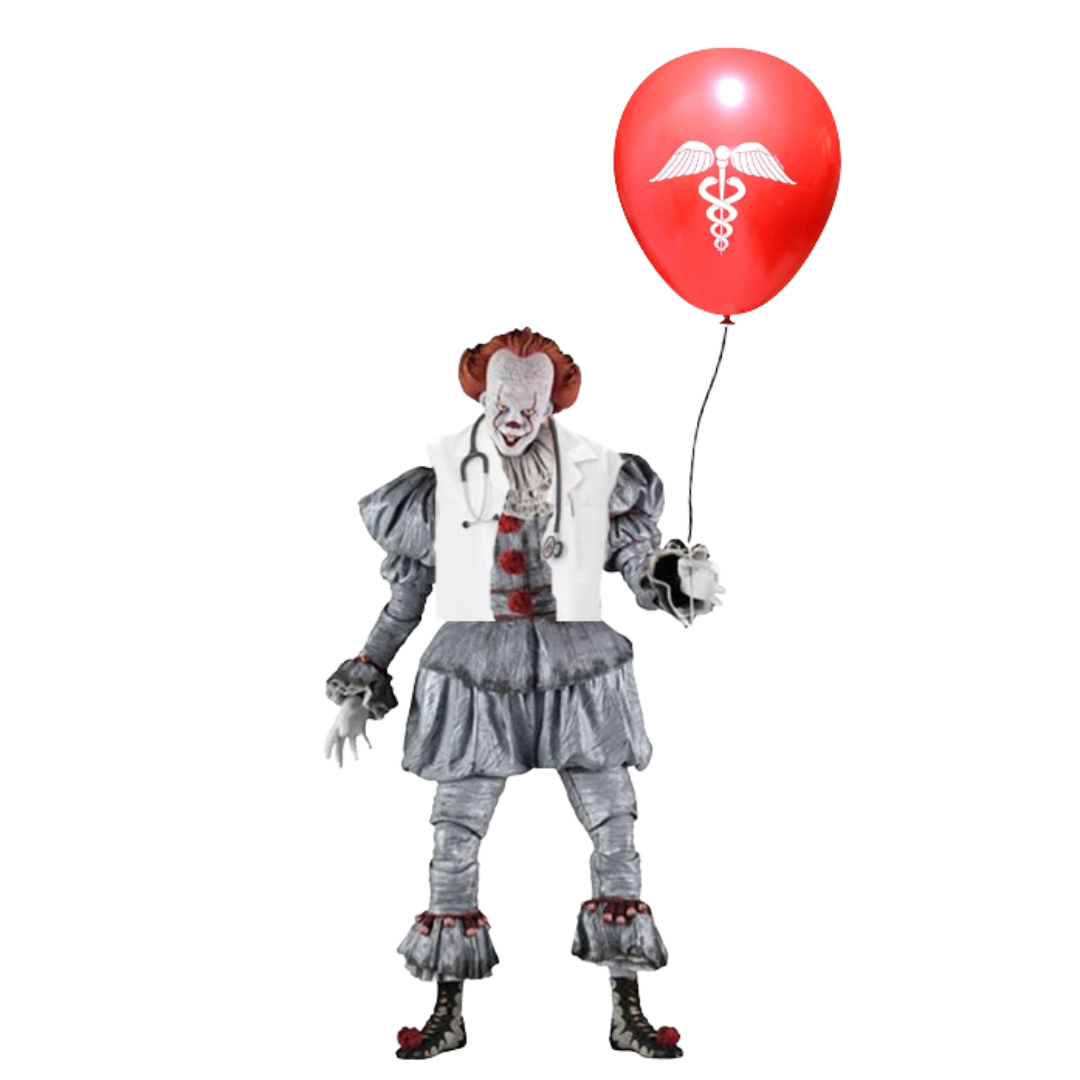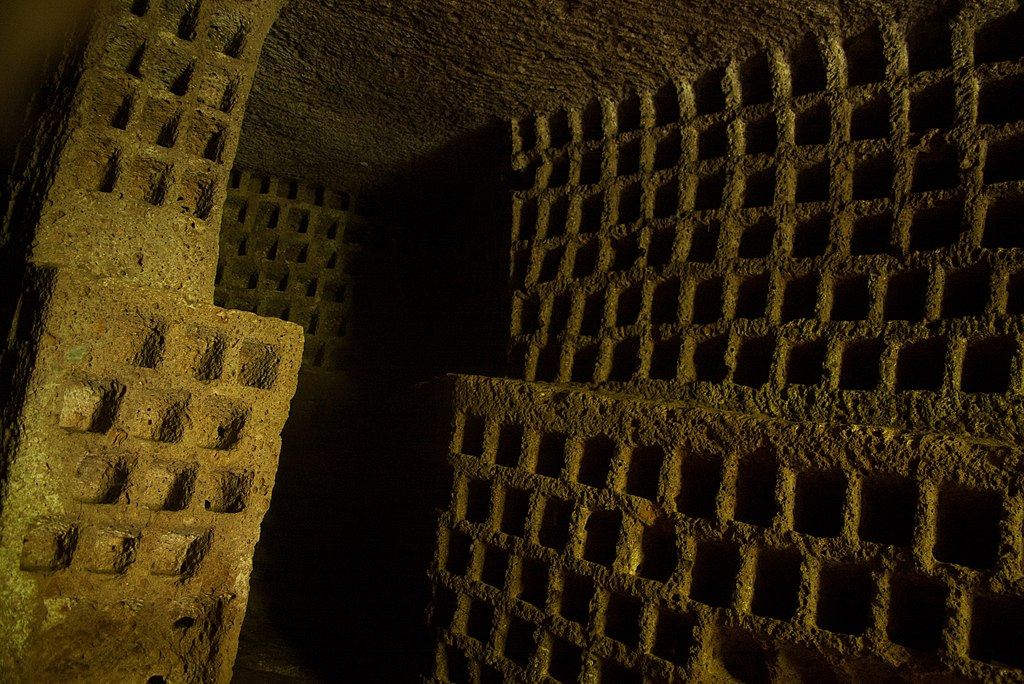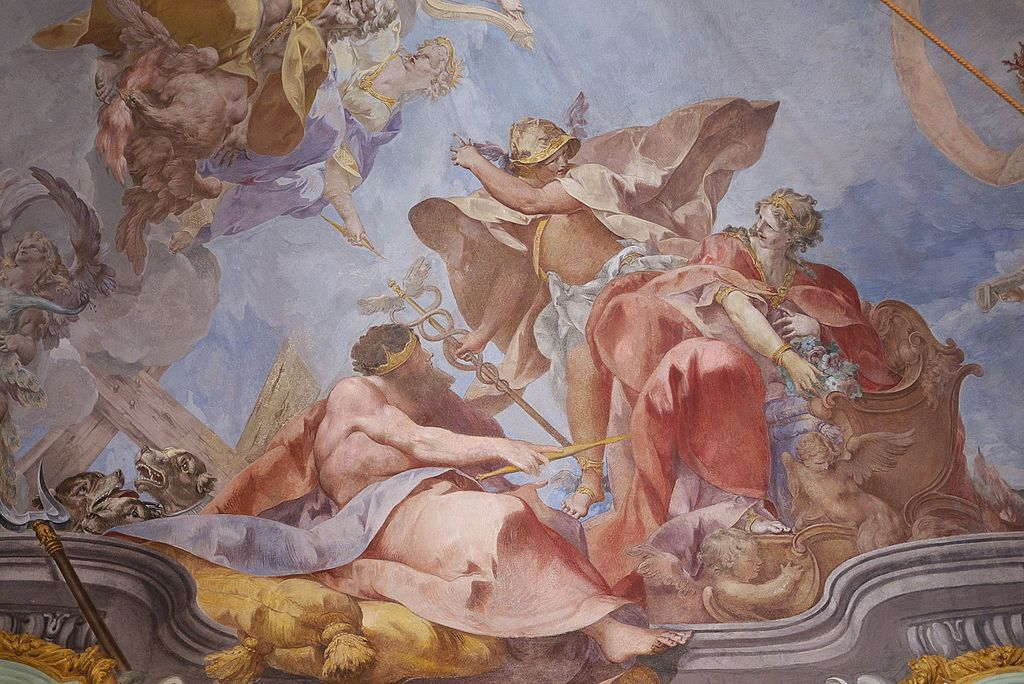The trefoil knot fold is a protein fold in which the protein backbone is twisted into a trefoil knot shape
“Shallow” knots in which the tail of the polypeptide chain only passes through a loop by a few residues are uncommon, but “deep” knots in which many residues are passed through the loop are extremely rare. Deep trefoil knots have been found in the SPOUT superfamily. 
The birds and the bees and the blister beetles
What on earth?
Peptidoglycan or murein is a unique large macromolecule, a polysaccharide, consisting of sugars and amino acids that forms a mesh-like peptidoglycan layer outside the plasma membrane
Not to be confused with glycopeptide, proteoglycan, or glycoprotein Peptidoglycan or murein is a unique large macromolecule, a polysaccharide, consisting of sugars and amino acids that forms a mesh-like peptidoglycan layer outside the plasm
Langgan 琅玕 is the ancient Chinese name of a gemstone which remains an enigma in the history of mineralogy; it has been identified, variously, as blue-green malachite, blue coral, white coral, whitish chalcedony, red spinel, and red jade
It is also the name of a mythological langgan tree of immortality found in the western paradise of Kunlun Mountain, and the name of the classic waidan alchemical elixir of immortality langgan huadan 琅玕華丹 “Elixir Efflorescence of Langgan̶
The transforming growth factor beta receptors
a family of serine/threonine kinase receptors involved in TGF beta signaling pathway
Sterol carrier proteins (aka nonspecific lipid transfer proteins)
These proteins are different from plant nonspecific lipid transfer proteins but structurally similar to small proteins of unknown function from Thermus thermophilus. This domain is involved in binding sterols. The human sterol carrier protein 2 (SCP2) is a basic protein that is believed to part
Amygdalin and Laetrile
Amygdalin (from Ancient Greek: ἀμυγδαλή amygdalē “almond”) is a naturally occurring chemical compound found in many plants, most notably in the seeds (kernels) of apricots, bitter almonds, apples, peaches, cherries&nbs
Adenosine deaminase deficiency (ADA deficiency) was discovered in 1972 and recognized as the first immunodeficiency disorder
Adenosine deaminase deficiency (ADA deficiency) is a metabolic disorder that causes immunodeficiency. It is caused by mutations in the ADA gene. It accounts for about 10–15% of all cases of autosomal recessive forms of severe combined immunodeficiency (SCID) among non-inbred populations
Fischer-Fantuzzi L, Vesco C. Deletion of 43 amino acids in the NH2-terminal half of the large tumor antigen of simian virus 40 results in a non-karyophilic protein capable of transforming established cells. Proc Natl Acad Sci U S A. 1985
Abstract We have characterized a simian virus 40 (SV40) mutant, derived from the viral DNA insertion present in simian cell transformants, which carries a deletion affecting the NH2-terminal region of the SV40 large tumor antigen. This mutant protein is 6% smaller than normal, has lost the typical n
Nucleus accumbens aka accumbens nucleus
The nucleus accumbens (NAc or NAcc; also known as the accumbens nucleus, or formerly as the nucleus accumbens septi, Latin for “nucleus adjacent to the septum“) is a region in the basal forebrain rostral to the preoptic area of the hypothalamus. The nucleus accumbens and
Sonification
Sonification is the use of non-speech audio to convey information or perceptualize data. Auditory perception has advantages in temporal, spatial, amplitude, and frequency resolution that open possibilities as an alternative or complement to visualization techniques. For example, the rate of
What is Immunoprecipitation (IP)?
Immunoprecipitation (IP) is a technique used to enrich protein antigens from a complex mixture using specific antibodies. To carry out an IP, antibodies must be coupled to a solid substrate, such as agarose resin or magnetic beads, to allow for purification of the target antigens. Immunoprecipitatio
A columbarium is a structure for the reverential and usually public storage of funerary urns holding cremains of the dead
A columbarium (pl. columbaria) is a structure for the reverential and usually public storage of funerary urns holding cremains of the dead. The term comes from the Latin columba (dove) and originally solely referred to compartmentalized housing for doves and pigeons, also called dovecotes
Dis Pater aka Rex Infernus, Roman god of the underworld, contracted from Dives Pater (“Father of Riches”)
Dīs Pater (Dītis Patris), otherwise known as Rex Infernus or Pluto, is a Roman god of the underworld. Dis was originally associated with fertile agricultural land and mineral wealth, and since those minerals came from underground, he was later
Car of History chariot clock features a life size statue of Clio, the muse of history
A chariot clock is a type of mantel/table figural clock in the form of a chariot whose dial is set into the wheel or elsewhere, its origins date back to the second half of the 16th century southern Germany. Normally of classical mythology subject matter, it has been made in different periods













